Food Loss and Waste in Southeast Asia
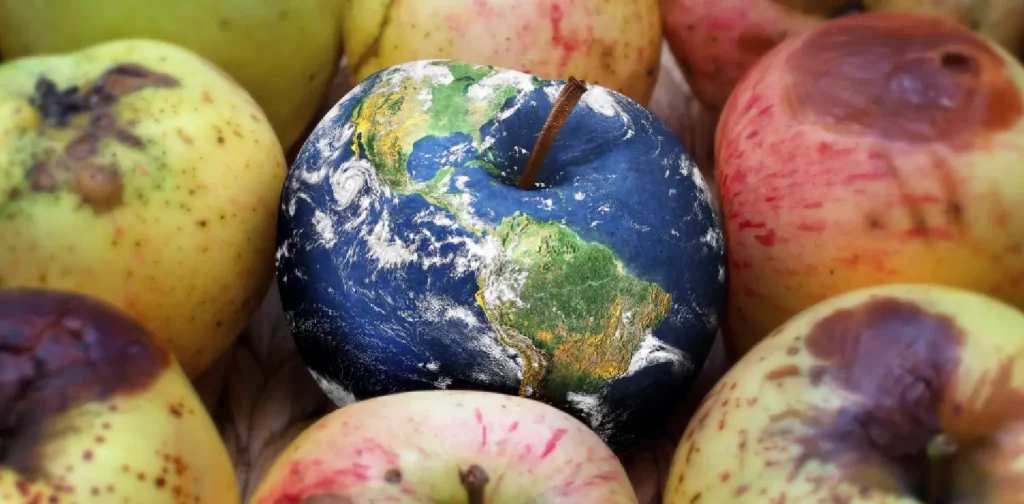
Photo: Freepik
Food is unexpectedly complicated. It’s something we need to survive, a big part of cultures worldwide, and a source of joy. Unfortunately, much of its production and consumption lead to more problems, such as food loss and waste. This happens globally, but there are specific things to note in trying to understand and tackle food loss and waste in Southeast Asia.
Why is addressing food loss and waste important? Without proper waste management, most wasted food ends up in landfills and decomposes there. The methane released in the process contributes to greenhouse gas emissions four times more than annual aviation. Plus, losing and wasting food means the massive resources it takes to produce food – mainly through agriculture – go to waste. The economic loss is also significant.
Through the Sustainable Development Goal 12 Target 3, the global community has committed to halve food waste and reduce food loss across the supply chains.
Food Loss and Waste in Southeast Asia
According to a report by the UN Environment Programme, 931 million metric tons of food might have been wasted in a year. That amount should have been enough to feed the world’s hungry twice over.
On a global scale, about 61% of this waste comes from households. This rings true in Southeast Asia as well, with every person wasting 82kg of food at the household level in one year on average. However, there is a notable difference in the food systems regarding food loss and waste in Southeast Asia.
Food waste is food wasted at the retail and consumer levels. This includes thrown-out leftovers, expired ingredients in our pantries and refrigerators, unsold pastries from bakeries, unsold produce from grocery stores, and many others.
Meanwhile, food loss occurs earlier in the chain before reaching supermarkets or consumers. Food loss accounts for what is lost in post-harvest, including processing, storage, and transport.
Food waste is more prevalent in developed countries or higher-income areas, including Southeast Asia. However, food loss remains a serious concern in rural areas. In 2021, 13.2% of the world’s food was lost between harvest and retailers/consumers. In Asia, over 40% of food loss and waste occurs at the post-harvest level.
For instance, an estimated 19% of cereal grain is lost in Thailand, with the largest loss occurring during handling and storage. In the Philippines, the drying process of rice results in about 33% loss.
The Challenges
The post-harvest systems primarily exist within food producers or manufacturers. Therefore, food loss in Southeast Asia is tightly linked to agriculture, where most food comes from. Below are some factors that may cause food loss in Southeast Asia:
- Climate change – Farming relies on the environment unless done indoors with a controlled climate using advanced technology. With rising global temperatures, unpredictable seasons, and extreme weather events, climate change destabilizes food production.
- Finance – A significant portion of Southeast Asia’s food production belongs to small-scale farmers living below the poverty line. While agrotechnology can reduce many post-harvest risks, many small-scale farmers still cannot afford it.
- Market standard – Retailers and middle-to-higher income consumers often avoid ‘ugly’ products. This standard demand leads to farmers and other producers throwing away their imperfect yet still perfectly edible products.
Toward More Sustainable Food Systems
Addressing food loss and waste in Southeast Asia requires participation from all stakeholders across the food systems. With the largest portion coming from the household level, individual consumers must change their behaviors surrounding food. Of course, interventions from other stakeholders are needed to help create these behavioral changes.
A survey by BlackBox, a research firm from Singapore, reveals that most people are willing to change toward more sustainable food habits. However, only 6% to 13% already practice sustainable food consumption.
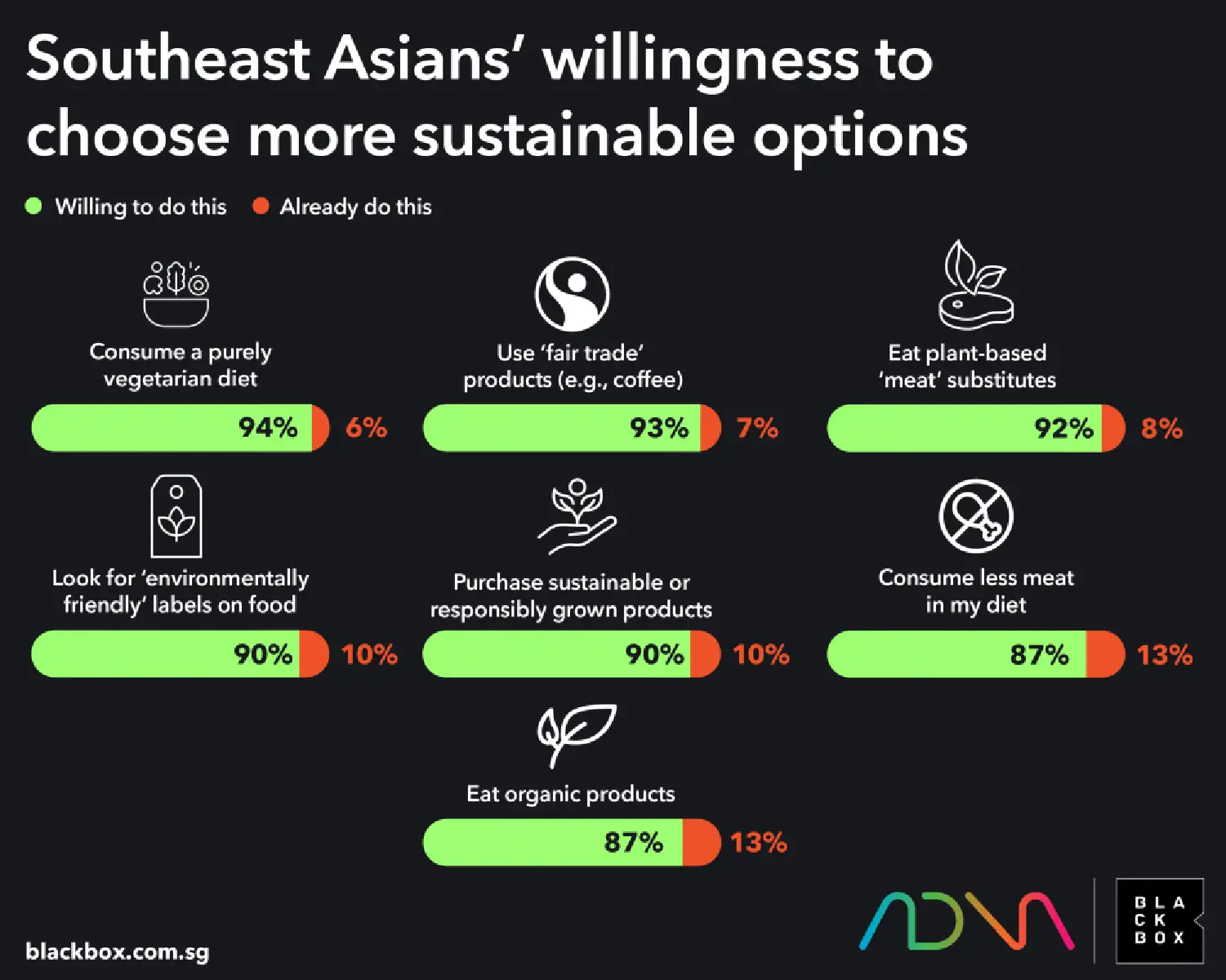
According to an analysis by McKinsey, “Reducing [post-harvest crop losses] in Southeast Asia by 40% is equivalent to gaining the food output from 1.8 million hectares of land.” Focusing on food manufacturers, primarily farmers, might be the key to significantly reducing food loss.
It would be beneficial to develop policies and programs that raise their capacity and educate them in agricultural best practices that include both Indigenous knowledge and the latest science and technological innovations. It is also important to create just and inclusive financing systems to help smallholder farmers afford what they need to be more efficient and sustainable.
Additionally, the 2023 Global Sustainable Development Report suggests “a shift to regenerative, ecological and multifunctional agriculture systems that protect soil fertility and biodiversity.” The report also recommends “scaling up agroecological practices, improving the quality of connection to consumer markets, strengthening agri-food processing by local entrepreneurs, establishing more open and inclusive governance, and building the capacity of food systems actors.”
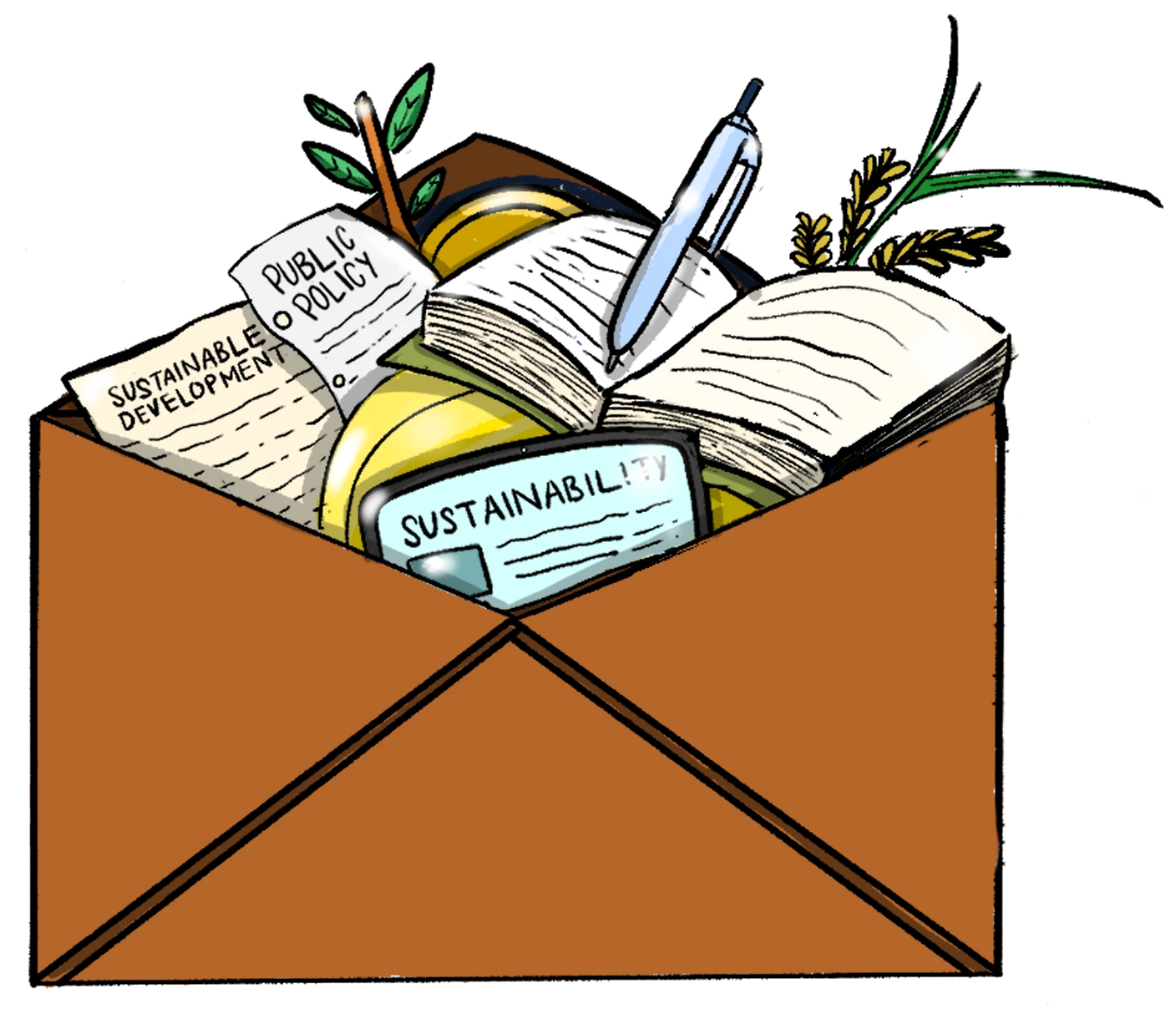
Join Green Network Asia Membership
Amidst today’s increasingly complex global challenges, equipping yourself, team, and communities with interdisciplinary and cross-sectoral insights on sustainability-related issues and sustainable development is no longer optional — it is a strategic necessity to stay ahead and stay relevant.


 Expanding Health Service Coverage for Health Without Financial Hardship
Expanding Health Service Coverage for Health Without Financial Hardship 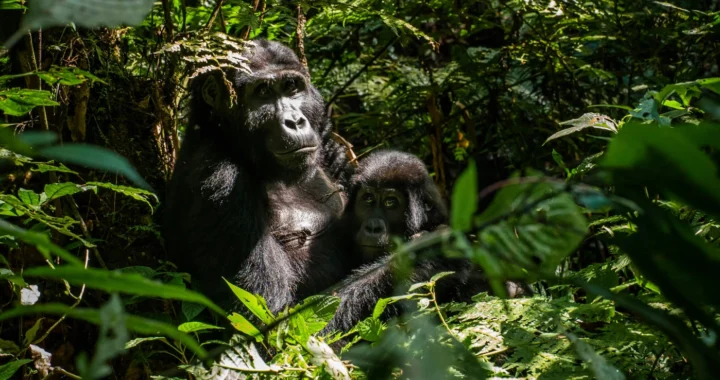 Looking for Sustainability in the Uganda National Tourism Policy
Looking for Sustainability in the Uganda National Tourism Policy  The Conservation Incentive Model of Tropical Forest Forever Facility (TFFF): Is it enough?
The Conservation Incentive Model of Tropical Forest Forever Facility (TFFF): Is it enough? 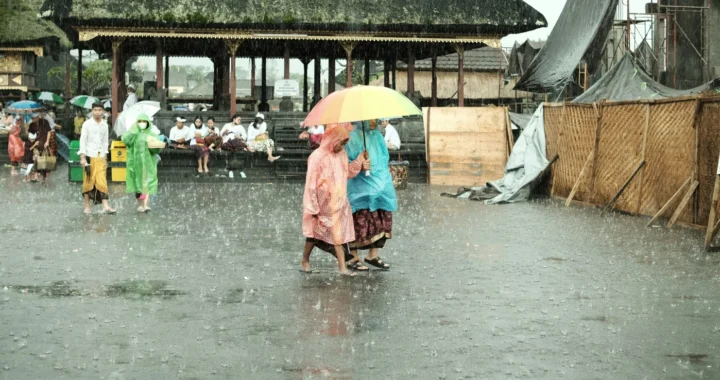 Reflecting on Our Understanding of Disaster
Reflecting on Our Understanding of Disaster 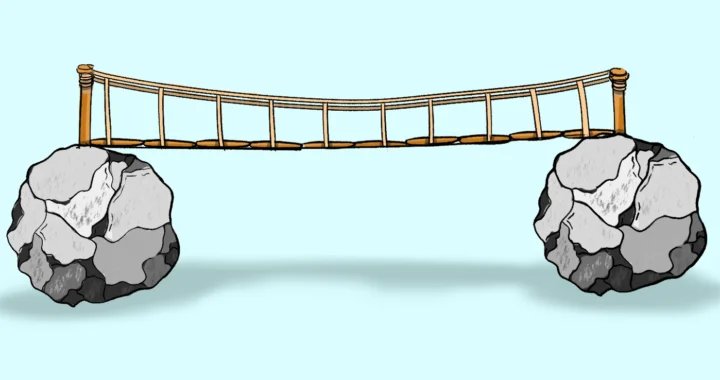 How Middle Managers Can Become the Bridge of Corporate Sustainability
How Middle Managers Can Become the Bridge of Corporate Sustainability  Racing with the Rapid Glacier Loss Globally
Racing with the Rapid Glacier Loss Globally